How Amazon Paid $0 Federal Income Tax in 2018
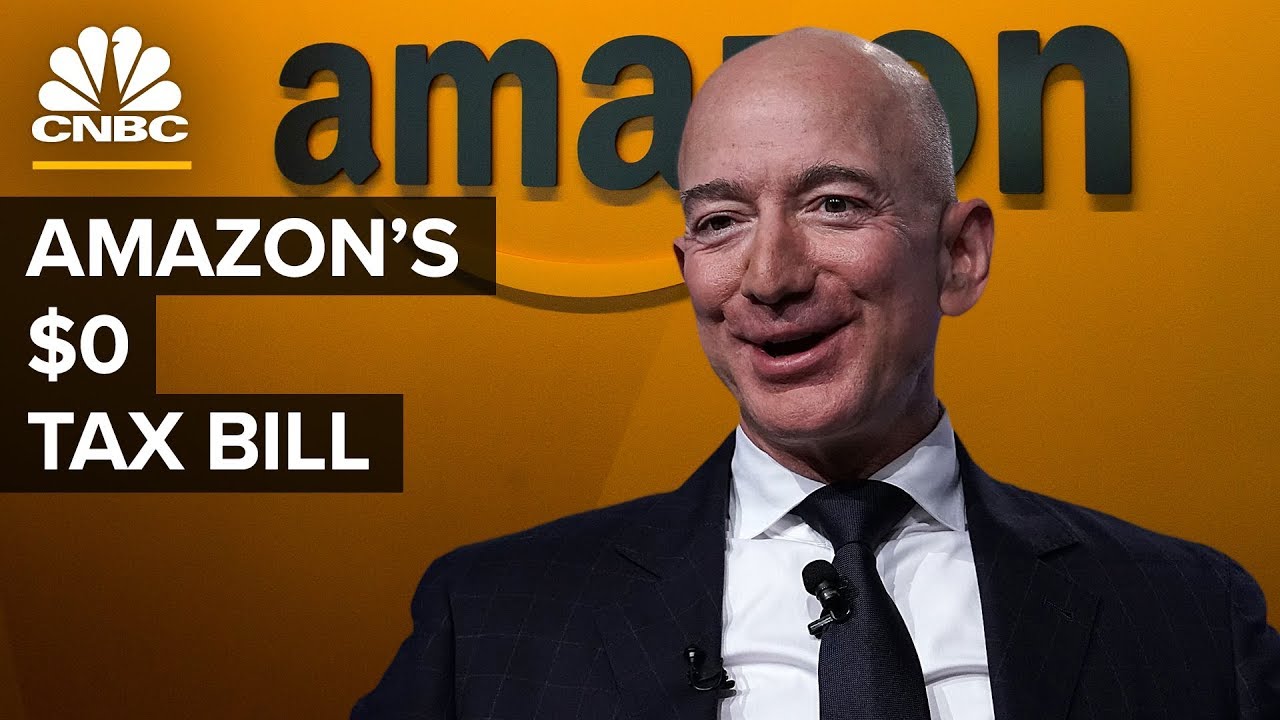
Amazon paid $0 in federal income taxes in 2018. On top of that, the company also received a multi-million dollar tax rebate from the federal government.
How does the company do it? President Trump’s tax cuts, aggressive revenue reinvestment, years of R&D, and employee stock compensation all helped. Does America have a corporate income tax problem?
Amazon is one of the world’s most valuable companies, valued at nearly $800 billion, and the e-commerce giant pulled in $232.9 billion in global revenue in 2018.
And yet, Amazon’s federal tax bill this year: $0. For the second year in a row.
In fact, Amazon is actually getting a federal tax refund of $129 million this year, due in part to a combination of tax credits and deductions. This is despite the fact that Amazon nearly doubled its taxable income in 2018 to $11.2 billion, from $5.6 billion a year earlier.
In other words, Amazon is basically paying a -1 percent federal income tax rate this year after reportedly paying a federal rate of more than 11 percent between 2011 and 2016, according to The Week.
Sen. Bernie Sanders, I-Vt., who has criticized Amazon in the past for not paying higher federal taxes, took to Twitter to point out that any Amazon Prime member paid more for that program’s annual fee ($119) than the company paid in federal taxes. Prime has 100 million subscribers.
“Amazon pays all the taxes we are required to pay in the U.S. and every country where we operate, including paying $2.6 billion in corporate tax and reporting $3.4 billion in tax expense over the last three years,” an Amazon spokesperson said in a statement provided to CNBC Make It.
Amazon reported its sizable federal refund in a recent corporate filing for the company’s fourth-quarter earnings report. However, Amazon also notes in that filing that it will pay $756 million in total taxes this year, between state and international taxes.
A report this week from the Institute on Taxation and Economic Policy, or ITEP, a nonpartisan and nonprofit tax policy think tank, pointed out the fact that Amazon will not pay federal taxes for the second year in a row. In fact, last year, Amazon received an even larger refund, getting $137 million from the federal government.
How did Amazon’s heavy investment in research and development contribute to their ability to avoid paying federal taxes?
In 2018, Amazon, the world’s largest online retailer, reportedly paid $0 in federal income tax despite bringing in billions of dollars in revenue. This news has left many taxpayers and investors wondering how the tech giant managed to avoid paying any federal taxes. In this article, we explain the reasons behind Amazon’s zero tax bill and the controversy surrounding it.
Firstly, it is essential to understand that Amazon’s $0 tax bill did not result from any illegal activity or tax evasion. Instead, the company was able to take advantage of various tax incentives and loopholes to lower its taxable income.
One of the primary reasons behind Amazon’s zero tax bill is the use of tax credits for research and development (R&D) expenses. Under the tax code, businesses that invest in R&D are eligible for a generous tax credit, allowing them to reduce their taxable income. Amazon, being a tech company, spends billions on R&D, providing the company with substantial tax credits to offset its tax liabilities.
Moreover, Amazon also took advantage of capital expenditures to lower its tax bill. A capital expenditure is the cost of acquiring or upgrading a physical asset, such as equipment, buildings, or land, that will be used for business purposes. Companies can deduct these expenditures from their taxable income, reducing their overall tax bill. Amazon invested heavily in building new warehouses, data centers, and other infrastructure, allowing them to claim significant tax deductions.
Another reason for Amazon’s zero tax bill is the use of accelerated depreciation. This is a tax incentive that allows companies to recover the cost of the asset faster than the asset’s actual useful life. By opting for this tax incentive, Amazon could reduce its taxable income, leading to a lower tax liability.
Furthermore, Amazon was also able to carry over losses from previous years into 2018 and use them to offset its taxable income. Companies can carry over losses from previous years and use them to reduce their tax liabilities in future years, making this incentive an effective way for companies to minimize their tax burden.
Despite Amazon’s legal tactics to avoid paying federal taxes, many critics argue that the company should pay its fair share. Amazon’s zero tax bill has sparked outrage from taxpayers and lawmakers, with some calling for a change to the tax laws to prevent companies from exploiting tax loopholes.
In conclusion, Amazon’s zero federal tax bill in 2018 was the result of various tax incentives, credits and legal loopholes. While the company adhered to the law, some argue that Amazon should be paying its fair share of taxes. As the debate continues, it remains to be seen how lawmakers will address the issue of tax avoidance by corporations in the future.
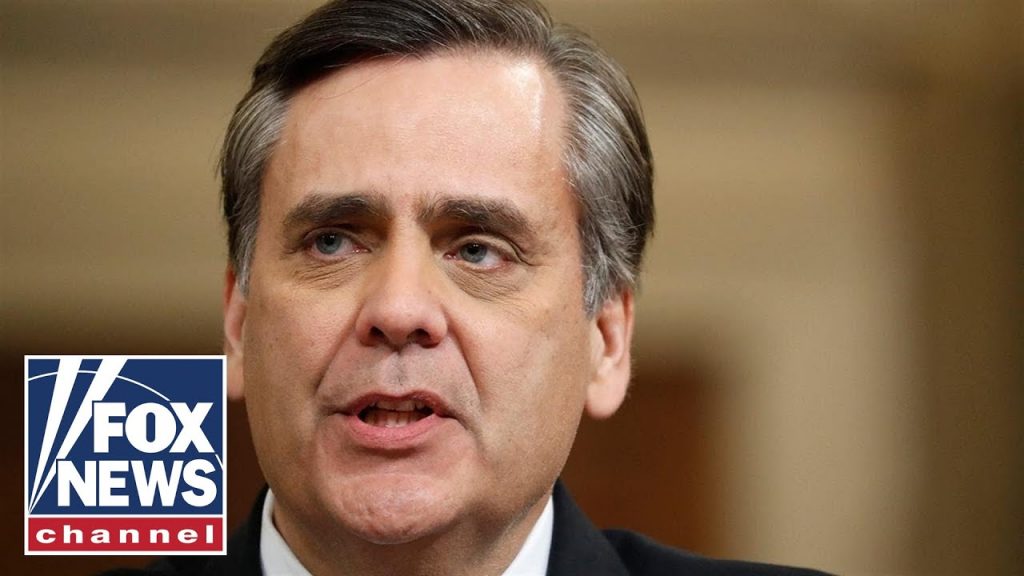
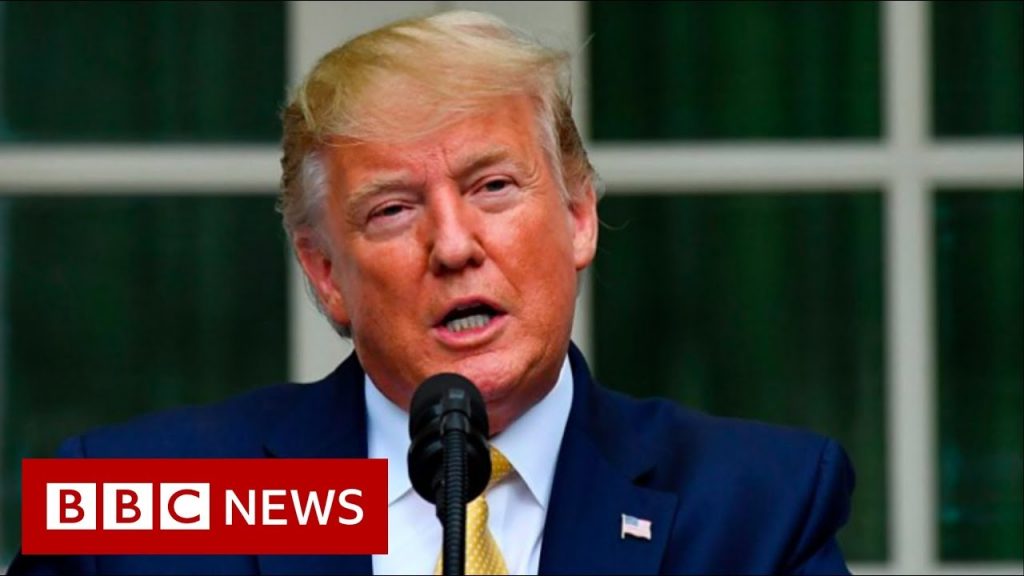

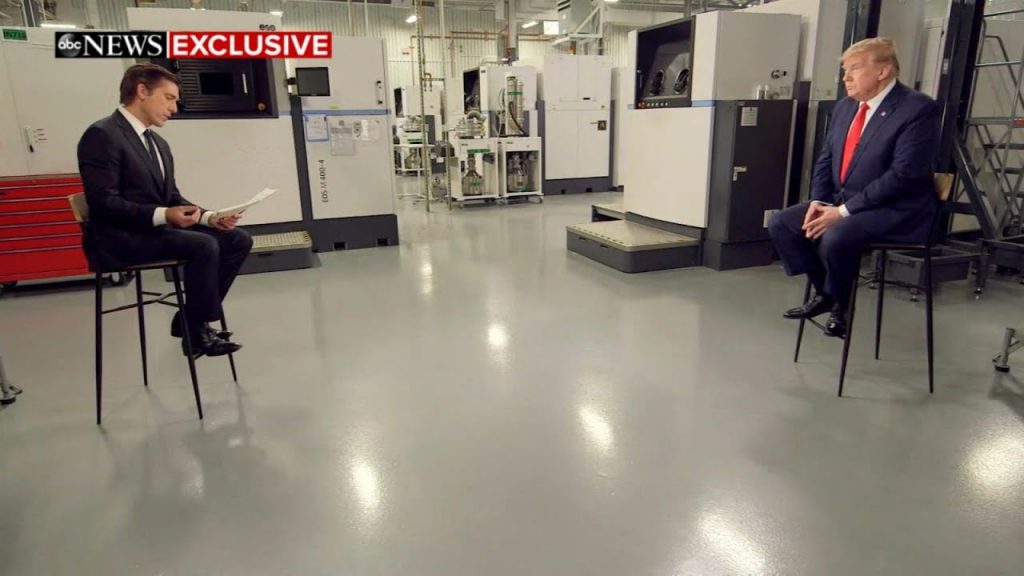


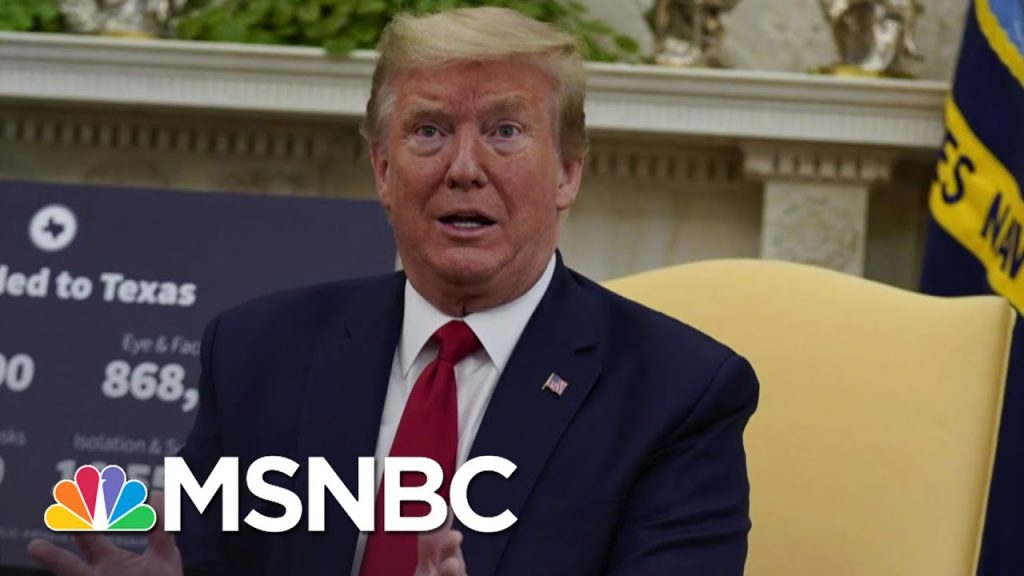


3 New York Children Die Of Mystery Illness Believed To be Linked To COVID19
Gutfeld: CNN becomes more ‘racist’ everyday, they are in freefall
Ghislaine Maxwell reportedly ready to name names
Swarm Of Locusts Threaten Livelihood Of Millions In African, Asian And Middle Eastern Countries
President Trump Proposes $500 Million In Checks For Americans